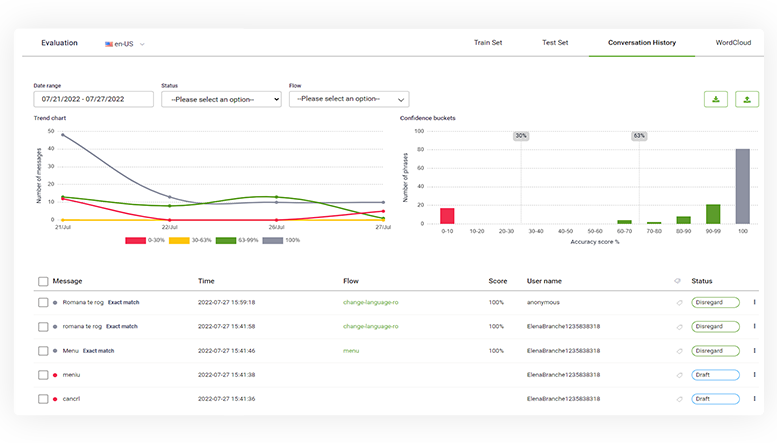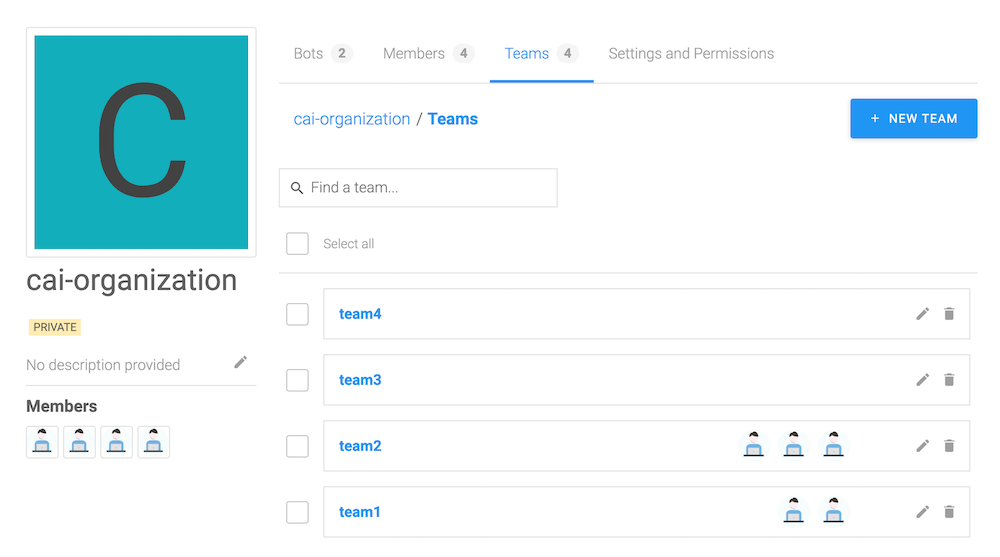

Plus, since it means your chatbot is always learning, it gets better the longer you use it. Instead of giving the bot specific ways to answer specific questions, you show it the basic rules, and it crafts its own response. Machine learning helps chatbots adapt over time based on customer conversations. Instead of giving the chatbot specific parameters complete with pre-written questions and answers, machine learning helps chatbots make decisions based on the information provided. Machine learning: Machine learning is a way to combat the problem posed above. So if someone says, “I don’t like this product, what can I do?” and you haven’t planned for that question, the chatbot won’t have a response.
#Conversational ai tools how to
It only knows how to handle situations based on the information programmed into it. However, the problem with rule-based chatbots is that they can be limiting. The chatbot is programmed to give a specific response, like, “Here’s a link to the return policy.” For example, when a customer says “Hi,” the chatbot responds, “Hello, how may I help you?”Īnother example is when a customer asks about a return. Your business (or service provider) writes specific guidelines for the chatbot to follow. Rules-based chatbots: Earlier chatbot iterations (and some current low-cost versions) work mainly through pre-defined rules. Putting technical terms in context.Ĭompanies throw around a lot of technical terms when it comes to artificial intelligence, so here are what they mean and how they’re used to improve your business. Conversational AI can also help chatbots understand more complex questions. Rule-based chatbots were also limited to what you put in them-meaning if someone phrased a question differently than you wrote it (or used slang/colloquialisms/etc.), it wouldn’t understand the question.

Unlike rule-based chatbots, those powered by conversational AI generate responses and adapt to user behavior over time. The most common use case for conversational AI in the business-to-customer world is through an AI chatbot messaging experience. This can be used in many applications, like chatbots and voice (like Siri and Alexa). It combines natural language processing (NLP), machine learning, and other technologies to enhance streamlined conversations. What is conversational AI?Ĭonversational artificial intelligence (AI) is a collection of technologies that create a human-like experience. See what it is and how you can use it in your business. Siri, Alexa, and Google Assistant use it as well.Ĭonversational AI, like what Quiq uses to power our chatbots, takes artificial intelligence to the next level. Netflix and Spotify both use AI to personalize your content recommendations. In fact, you’re already using AI in your daily life-but it’s so ingrained in your technology you probably don’t even notice. Movies may have twisted our expectations of artificial intelligence-either giving us extremely high expectations or making us think it’s ready to wipe out humanity.īut the reality isn’t on those levels.


 0 kommentar(er)
0 kommentar(er)
